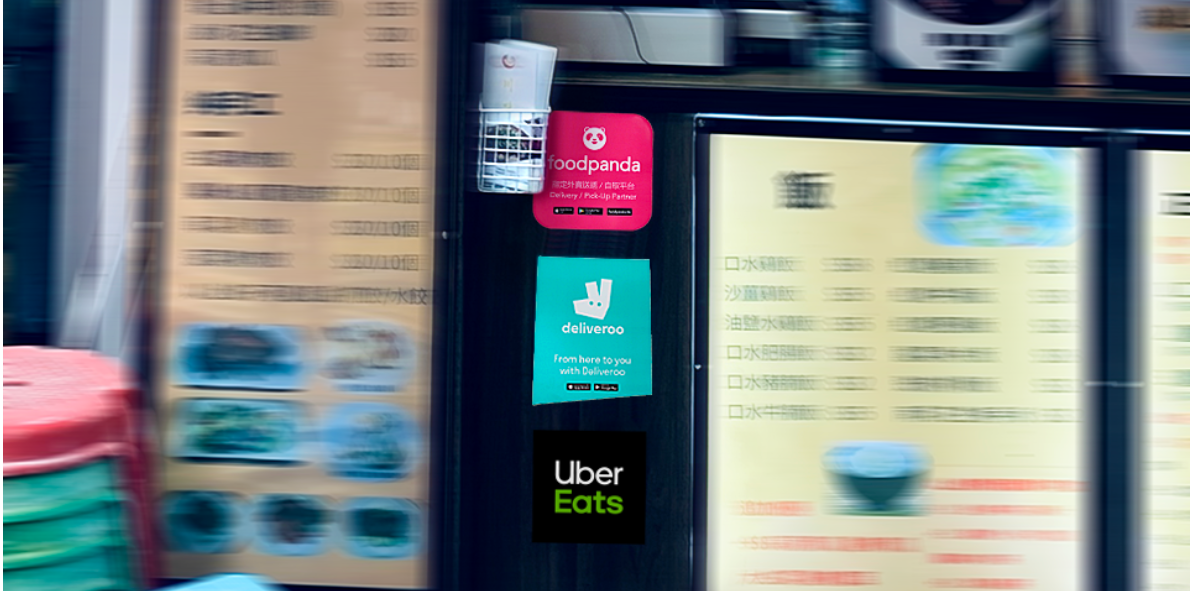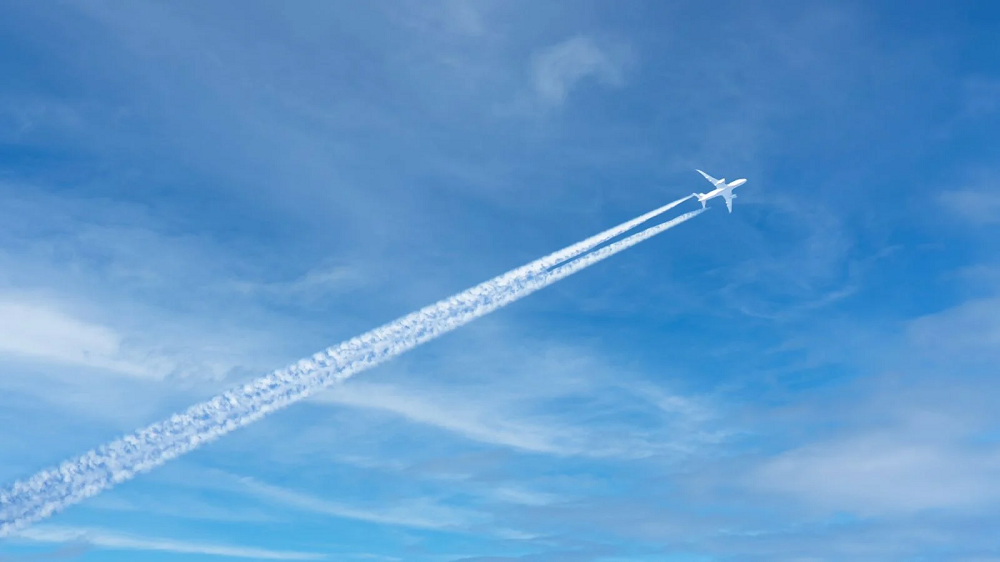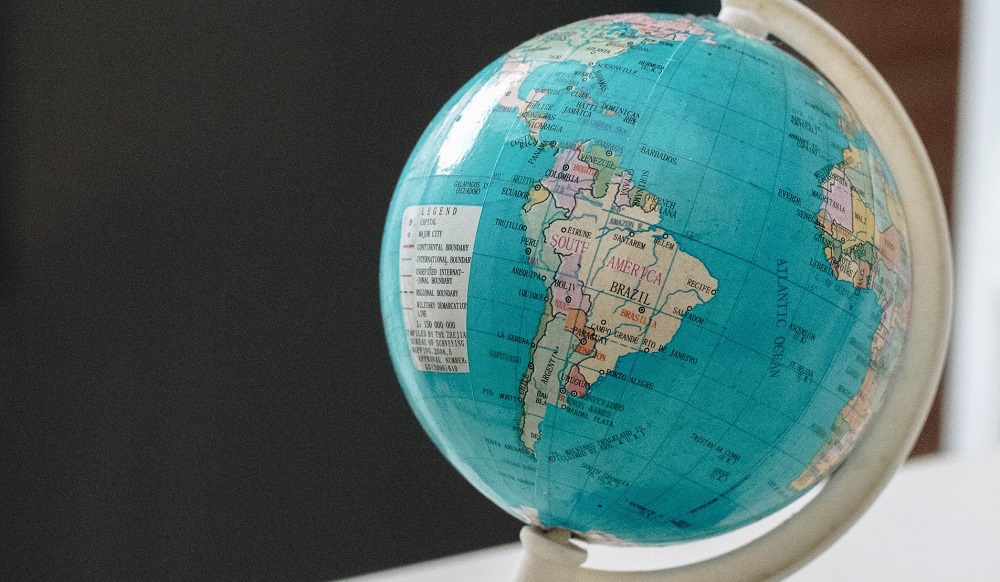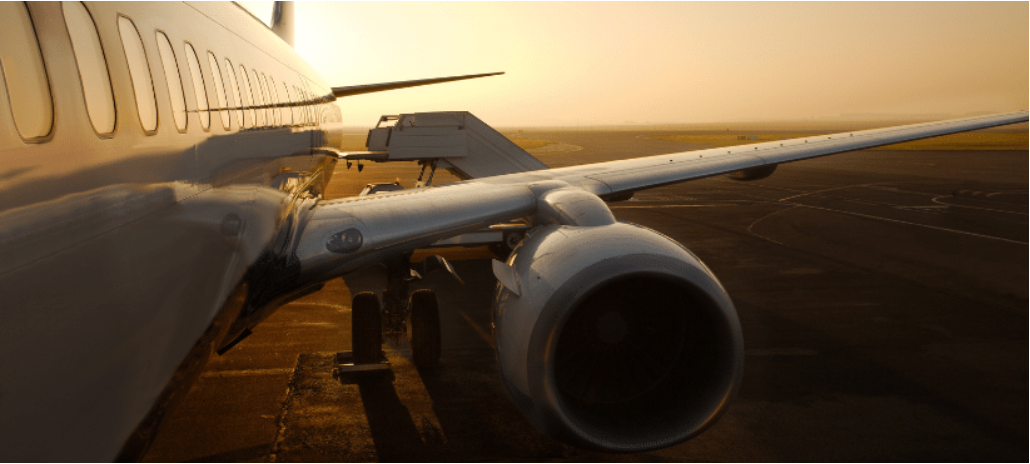With the travel industry among the hardest hit in the last year, this year’s rebound has given hope to many firms. However, much of the surge is taking place in rebooked spend, so our CE Transact Credit Card data and CE Web hotel booking data are telling a different story. In today’s Insight Flash, see how new travel spend in the last month has differed among US and UK cardholders, which continent is seeing the biggest rebound in bookings, and where property inventory has been coming back.
During the earliest days of COVID-19, hotel average daily rate (ADR) in South America was as low as 47.8% below pre-pandemic levels. One year later, rates in the region have improved slightly—April’s 15.7% increase was the first year-over-year positive in the metric since the middle of 2019—but still remain far from recovery. More specifically, South America’s April 2021 ADR level of US$56.99 was more than US$30 less than the pre-pandemic benchmark from April 2019 (US$89.55).
In a normal year, this is when airlines bank as much cash as possible storing every possible penny away for the winter season; aviation has always been seasonal, and capacity moves from market to market as temperatures rise and drop. One of the most lucrative markets is the Transatlantic and this year full access to that market is more vital than ever, otherwise why would all the major legacy airline CEOs gather to lobby politicians.
The latest research from ForwardKeys, which has the most up-to-date and comprehensive flight booking data available, reveals that the outlook for international air travel this summer (1st June – 31st August) is set to be just under a quarter (-23%) of pre-pandemic levels.As of 1st June, flight tickets issued for international arrivals in Africa & the Middle East were just 31% of their equivalent moment in 2019.
As anticipated, the Memorial Day weekend ushered in the highest occupancy the U.S. industry has seen since the start of the pandemic. For the week ending 29 May 2021, weekly occupancy reached 61.8%, the highest level since the final week of February 2020. On a total-room-inventory basis (TRI), which accounts for temporarily closed hotels, occupancy was 59.2%, which was also the highest since the pandemic’s start.
ForwardKeys has long encouraged governments and tourism organisations to announce their border re-openings as far in advance as possible. We observed that this greatly benefited destinations such as Greece and Portugal for the 2020 summer season and there appears to be a case of _Deja Vu_ for Greece, but now we have newcomers to the early announcement club: Iceland and Croatia. Welcoming vaccinated travellers is not only a trend but a fast-growing reality.
The UK’s accommodation sector experienced its biggest surge in almost a year in the lead up to the Spring bank holiday, with geo-data revealing the scale of demand for domestic breaks. According to Huq’s Index, which measures the number of customers present in a range of sectors in comparison to the February 2020 average, visits to B&Bs, hotels and guest houses across the UK recovered 25pts post reopening in April, before jumping a further 60pts in the build up to the late May bank holiday.
Using our latest traffic pattern data, some interesting new travel trends emerged over the Memorial Day weekend (MDW) - the unofficial beginning of the summer season for many Americans on the go. We believe this pattern could be a leading indicator for consumer behavior as we move closer to Independence Day in July and the summer vacation period. We examined how many miles Americans drove on the Fridays leading into the MDW - this past Friday, May 28, compared to Friday, May 24, 2019, and Friday, May 29, 2020.
Following last week’s lack of activity, airlines have been adding capacity back over the last seven days as the weird and wonderful world of commercial aviation continues its slow recovery. In a week when Qantas can offer pleasure flights to the moon but cannot cross more than the New Zealand border and where Wizz Air realised that competing in some domestic markets is not worth the hassle, global capacity grew by some 6.4% week-on-week.
When the UK’s restrictions are lifted on June 21, 2021, and a return to the office becomes a reality, as an agency or advertiser it could be very important to know how many people you are likely to reach on their commute with an online ad campaign. If I look only at a recent month of data, I would assume that circa 2m users visit the National Rail website or app in a month.
China’s Labor Day holiday (1-5 May) stimulated travel demand and provided a noticeable boost to hotel performance. Thanks to an additional day during the holiday period, the rise in performance pushed levels beyond another recent holiday and even some 2019 comparables. The impact, however, was not even across all markets and hotel classes. The highest hotel occupancy point during the Labor Day period was day two, which reached 91.3%.
U.S. room demand continues to push toward the comparable levels of 2019. As a reminder, 2019 is being used as the recovery benchmark due to the heavy pandemic impact in 2020. For the 4-week period ending 15 May, 29 states experienced room demand totals within a 15% margin of the comparable period in 2019. Recalling that overall U.S. room demand dropped by greater than 80% during the worst weeks of this recession.
Predicting the return of corporate travel would be a cinch if foretelling the future was foolproof. No one, however, has that extraordinary prescience and even if they did, the future is, at best, murky. The continuing popularity of work-from-home arrangements, the COVID-19 induced reluctance of both individuals and companies to get back out on the road, and issues throughout the travel supply chain are all converging to create a less-than-hospitable environment for individual business travelers.
The occupancy doldrums remained in place with U.S. occupancy falling to an eight-week low (56.7%) during 2-8 May 2021. Using STR’s total-room-inventory (TRI) methodology, which considers hotels that are temporarily closed, occupancy dropped to 54.2%. Demand, however, increased slightly and remained above 21 million as it has since mid-March. The decrease in occupancy was a result of increased hotel openings.
Over 1,400 new air routes have been scheduled to operate in 2021, the highest for a number of years, undoubtedly reflecting both the current uncertainty and a desire from some airlines to use this period to experiment with their networks. Amongst all of the bad news and route losses, airlines’ appetite to experiment has to offer a glimmer of hope for regional airports, who most typically benefit from this type of airline network experimentation.
As vaccine programs continue across the world and we see warming attitudes toward travel alongside increased accommodation bookings, it is important to take stock and assess how the pandemic, and it’s resultant impact on consumer behavior, may leave an indelible mark on hospitality.
How have booking windows shifted during the pandemic? Are the shifts momentary blips or the new norm? In this article, we use case studies and market-specific snapshots to answer those questions and discuss considerations for hotels competing for short-lead business.
Although global capacity remains broadly flat week-on-week with some 62.1 million seats scheduled, a slight decline on last week it has been a busy week in terms of market sentiment and expectations for the Summer Season. Whilst the US domestic market continues to grow, and passenger throughput as measured by the US TSA hovers around 65% of 2019 levels the rest of the world seems to be struggling once again.
As the U.S. economy reopens, consumer spending has increased in travel-related sectors. Transaction data shows sales for air travel, hotels, and travel arrangement services have increased since plummeting in March 2020, and rose dramatically in March 2021, while the cruise industry’s recovery remains sluggish.
The latest research from ForwardKeys reveals that vaccinations appear to hold the key to reviving international travel. Two destinations, Greece, and Iceland, which have announced that they will welcome vaccinated visitors this summer have seen inbound flight bookings pick up dramatically from the moment of their announcements.































































